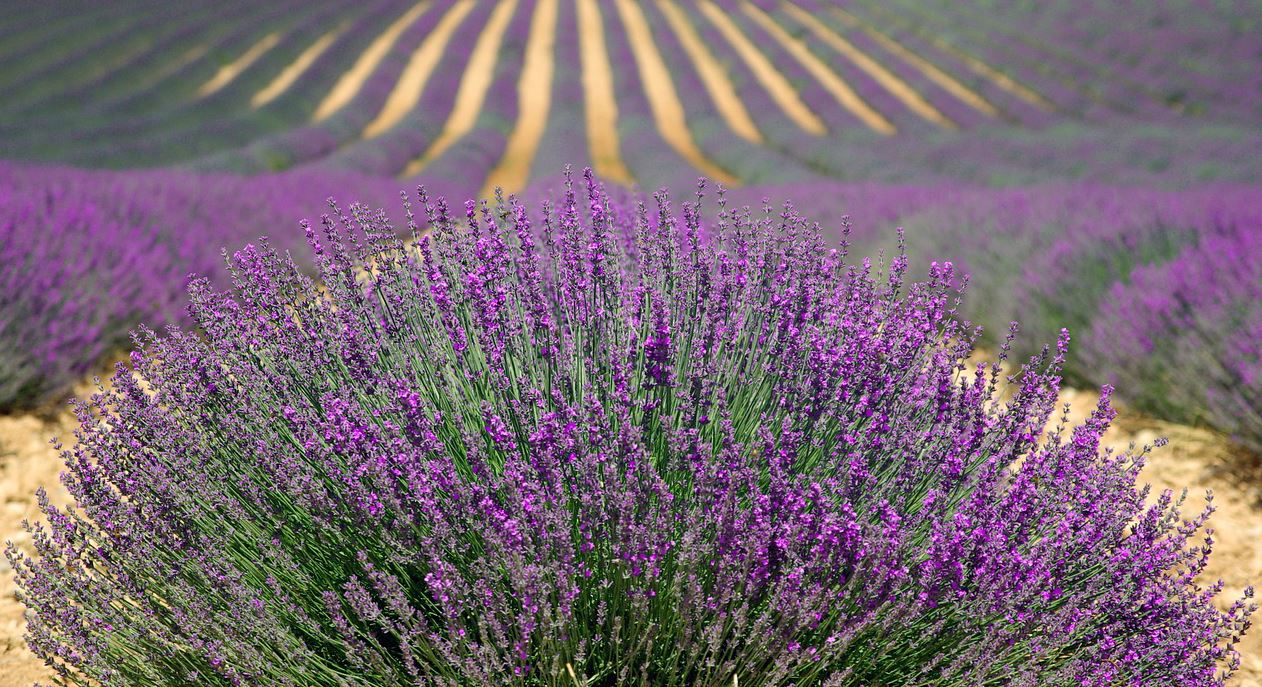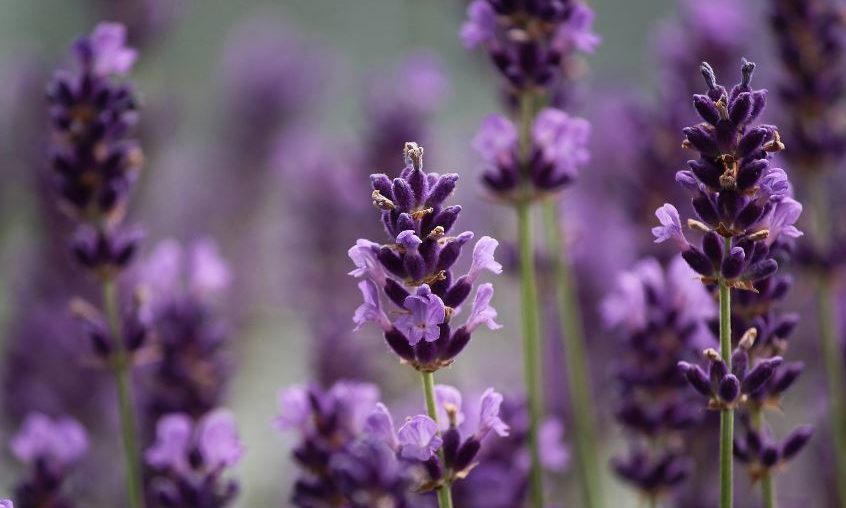When to sow lavender?
Lavender is best sown in pots or pans in March / April. It is transplanted after 4 to 6 weeks, depending on the variety.
Which varieties to choose?
There are different varieties of lavender, just as ornamental and fragrant as each other. Among the most appreciated, we particularly note:
- Lavandula angustifolia : the Officinal Lavender or True Lavender is undoubtedly the one that resists best to harsh winters, since it likes mainly at altitude. Its hue varies from white to mauve, according to the cultivars;
- Lavandula latifolia : the Aspic Lavender is a little the opposite of True Lavender: preferring low altitudes, it is also distinguished by late flowering;
- Lavandula stoechas : this early variety is commonly called Butterfly Lavenderbecause its inflorescences in ears are surmounted by mauve toupees evoking a flight of butterflies. Compact, it is invaluable in the vegetable garden because it attracts a large number of pollinators. It has the particularity of preferring acid soils;
- Lavandula dentata : this English Lavender is the most delicate, and it adapts badly to temperatures below -5 ° C. It is distinguished by a crenellated foliage very particular, particularly aesthetic.
We will not forget Lavandula x intermedia, better known as lavandin. To get off the beaten track, you can try to grow white lavandin Edelweiss, a high variety (80 cm) with white flowers.
What to do before sowing lavender (preparation, etc.)?
Lavender will appreciate loose soil, to which you can add compost. This perennial likes rather calcareous soils – a pH of 6.5 to 8 will suit it perfectly. It may therefore be necessary to make some adjustments, adding some sawdust if the soil is too alkaline or a little ash if the soil is too acidic.
How to sow it?
- Fill the pots or pans with potting soil;
- Deposit 4 to 5 lavender seeds, spacing them:
- Cover and tamp very lightly;
- Water in fine rain.
Place the seedlings in a warm place: porch or nursery. Wait until the plants measure 3 to 4 cm to make the selection: keep only one plant per pot or bucket.
After 4 to 6 weeks, when the plant has several leaves, you can put it in the garden or repot (plan a pot of at least 10 cm in diameter). Ideally, lavender should actually spend its first year in pots, allowing you to winter in a warm and bright space. In the following spring, she will be strong enough to take her final place in the garden.
When installing your lavender in the garden, allow 50 cm spacing between the plants to allow them to grow well and minimize the risk of contagion in case of illness.
Where to plant lavender?
Lavender will of course appreciate a sunny location. It can accommodate the semi-shade, provided it is not exposed to excessive moisture. Lavender is happy to plant on the border or in rock, but also in pot or tray. She may also settle in the garden, where she will hold aphids and ants at a distance, while she will attract pollinating insects.
How to maintain it?
Lavender will grow better if it is pruned properly. Two precautions are necessary to avoid that size gives rise to diseases:
- Use clean cutting tools;
- Work only in dry weather.
Young plants prune regularly to prevent them from making wood. They are cut at the end of the frosts, taking care not to touch the neck. Beyond 3 years old, lavender is only one to two times a year, so that it keeps a ball shape. Fold down the older branches so that your plant gains density.
If your plants are too old, they will tend to lose at the foot. To rejuvenate them, you can cut the branches closest to the ground, and cut above the starts of some young shoots.
How to water lavender?
In the ground, lavender does not require watering. However, in case of prolonged drought, the foliage will be lean, which can cause disorder in an ornamental garden! We will offer him a generous watering, once every 10 to 15 days.
Potted lavender has fewer resources. It is therefore necessary to water regularly. The frequency of watering will depend on different factors. To adjust, watch the root ball: it must not dry out completely.
Harvest lavender: when and how?

Lavender is harvested when its ears begin to fade. The period varies from one variety to another. If in doubt, trust the bees: when they are more pressing around the flowers, it is because they are ready to be picked.
You can make a simple harvest, followed by a size, or give a little more time to each foot to combine cut and size, which will prevent you from returning.
Always proceed in dry weather, using scissors or a clean and sharp shears. You can collect the flowers in a bouquet, which you will dry by hanging them in a dry and well ventilated space.
The diseases of lavender and what to do?
Robust, lavender does not fear much. His worst enemy is probably the rotting So we will act as a preventive measure, by offering a well-drained soil and avoiding watering too close together. She can be touched by rust, identifiable with the small tasks that appear on its foliage. In this case, treatment with Bordeaux mixture is required.
The strong scent of lavender repels many insects and parasites. It is not enough to protect it from damage the leafhopper, responsible for Phytoplasma dieback of Stolbur. There is no really effective treatment against this bacteria. We begin by acting preventively spacing the plants well, so that the contagion is limited. In case of illness, care should be taken to remove affected plants promptly.
The butterfly lavender is particularly exposed to the lavender beetle. This beetle – which is also gourmet rosemary – is recognizable by its green and red body, with metallic reflections. To reduce the risk, inspect the stems in the fall and remove those with larvae.
Read also :









